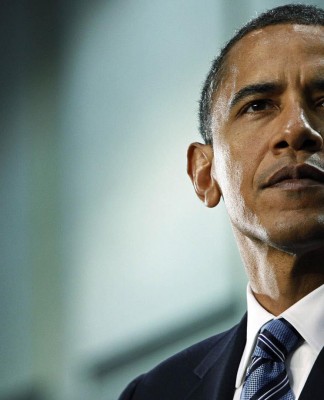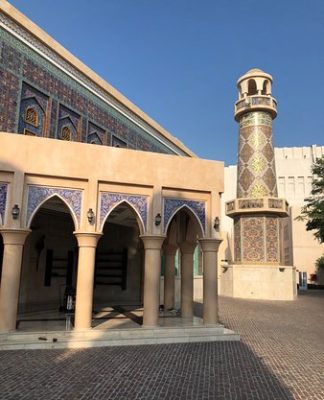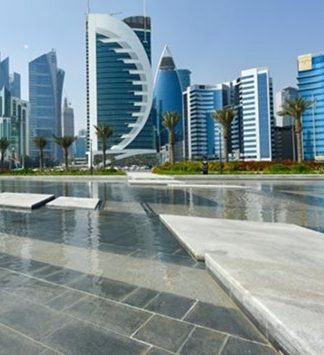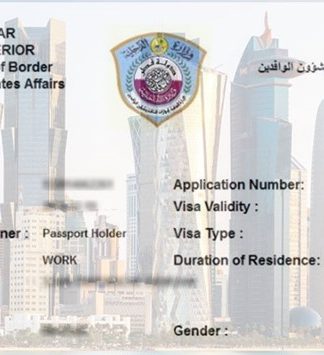India yesterday told China that the government’s contentious move to strip Jammu and Kashmir of its autonomy and split the state into two parts was an “internal matter” after Beijing slammed the “unilateral” decision.
India, Pakistan and China claim all or parts of the Himalayan region, with New Delhi’s announcement on Monday sparking a fierce response from its two nuclear neighbours.
Beijing was particularly critical of India’s decision to turn Kashmir’s mostly Buddhist region of Ladakh into a union territory directly ruled by New Delhi.
“China is always opposed to India’s inclusion of the Chinese territory in the western sector of the China-India boundary into its administrative jurisdiction,” Foreign Ministry spokeswomen Hua Chunying said.
“Recently India has continued to undermine China’s territorial sovereignty by unilaterally changing its domestic law. Such practice is unacceptable and will not come into force.”
India says China is occupying 38,000sq km of its territory, while Beijing claims a 90,000sq km of Arunachal Pradesh in northeast India.
The Indian government said Ladakh’s new designation as a union territory was “an internal matter concerning the territory of India”.
“India does not comment on the internal affairs of other countries and similarly expects other countries to do likewise,” Indian foreign ministry spokesman Raveesh Kumar said.
He added that both sides had committed to maintaining “peace and tranquillity in the border areas”.
Prime Minister Narendra Modi said late yesterday his government had fulfilled a longstanding demand of the people of Ladakh to be declared a territory of India’s union.
“Special congratulations to the people of Ladakh!,” Modi tweeted.
“This decision will give impetus to the overall prosperity of the region and ensure better developmental facilities.”
Ladakh cheered the move, a change that could spur tourism and help New Delhi counter China’s influence in the contested western Himalayas.
Ladakh is an arid, mountainous area of around 59,146sq km, much of it uninhabitable, that only has 274,000 residents.
The rest of Jammu and Kashmir is roughly 163,090sq km with a population of some 12.2mn.
“The fact that India took this move can be seen as one way that India is trying to counter growing Chinese influence in the region,” said Sameer Patil, a Mumbai-based fellow in international security studies at the Gateway House think-tank.
He said monks he interviewed in Ladakh told him China-endorsed monks had been extending loans and donations to Buddhist monasteries in the area in an apparent bid to win influence.
By announcing it would turn Ladakh into its own administrative district, the government fulfilled a decades-long demand from political leaders there.
Ladakh locals were tired of being hurt or ignored because of the many years of turmoil in the Kashmir Valley resulting from separatist militant activity and the Indian military’s moves to crush them.
Local politicians and analysts expect the change to bring Ladakh out of the shadow of Kashmir.
It could also help the area pocket more government funding as it seeks to build up its roads and facilities to lure tourists.
“We are very happy that we are separated from Kashmir. Now we can be the owners of our own destiny,” Tsering Samphel, a veteran politician from the Congress party in Ladakh, said yesterday.
He added the area felt dwarfed by Jammu and Kashmir and that the regions had little in common culturally.
In Ladakh’s city of Leh on Monday, members of BJP danced in the streets and distributed sweets.
Ladakh’s economy, traditionally dependent on farming, has benefited from tourists visiting ancient monasteries and trekking up mountain peaks.
P CThakur, general manager of The Zen Ladakh hotel in Leh, hopes that dissociating from Jammu and Kashmir will further attract visitors.
He expects the hotel’s occupancy to jump by up to 7 percentage points from an average of around 80-85% currently.
“Next year will be good,” he said.
Source:gulf-times.com





























